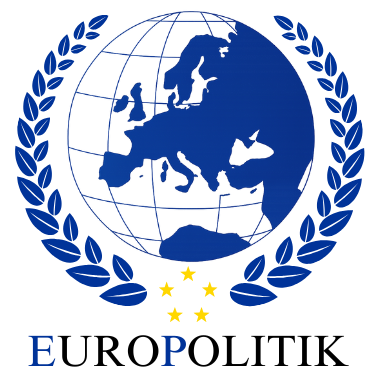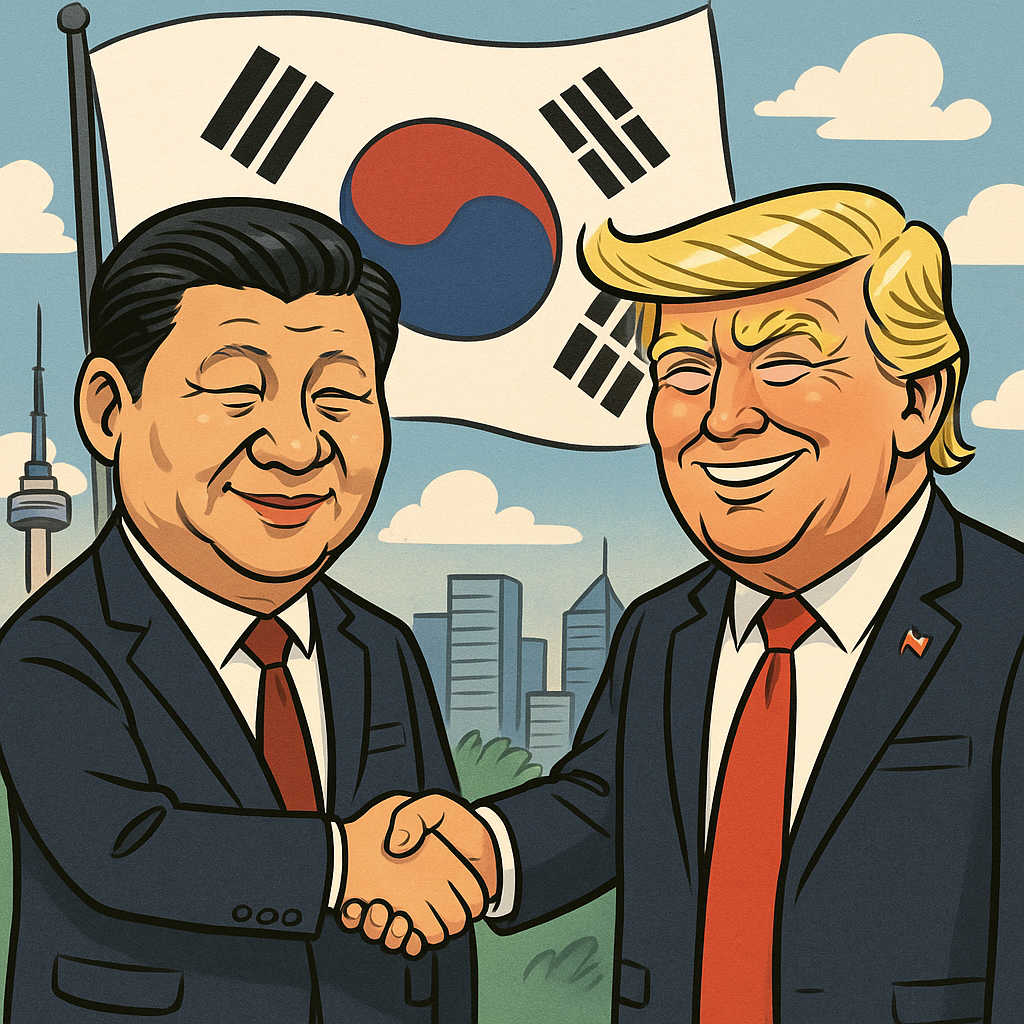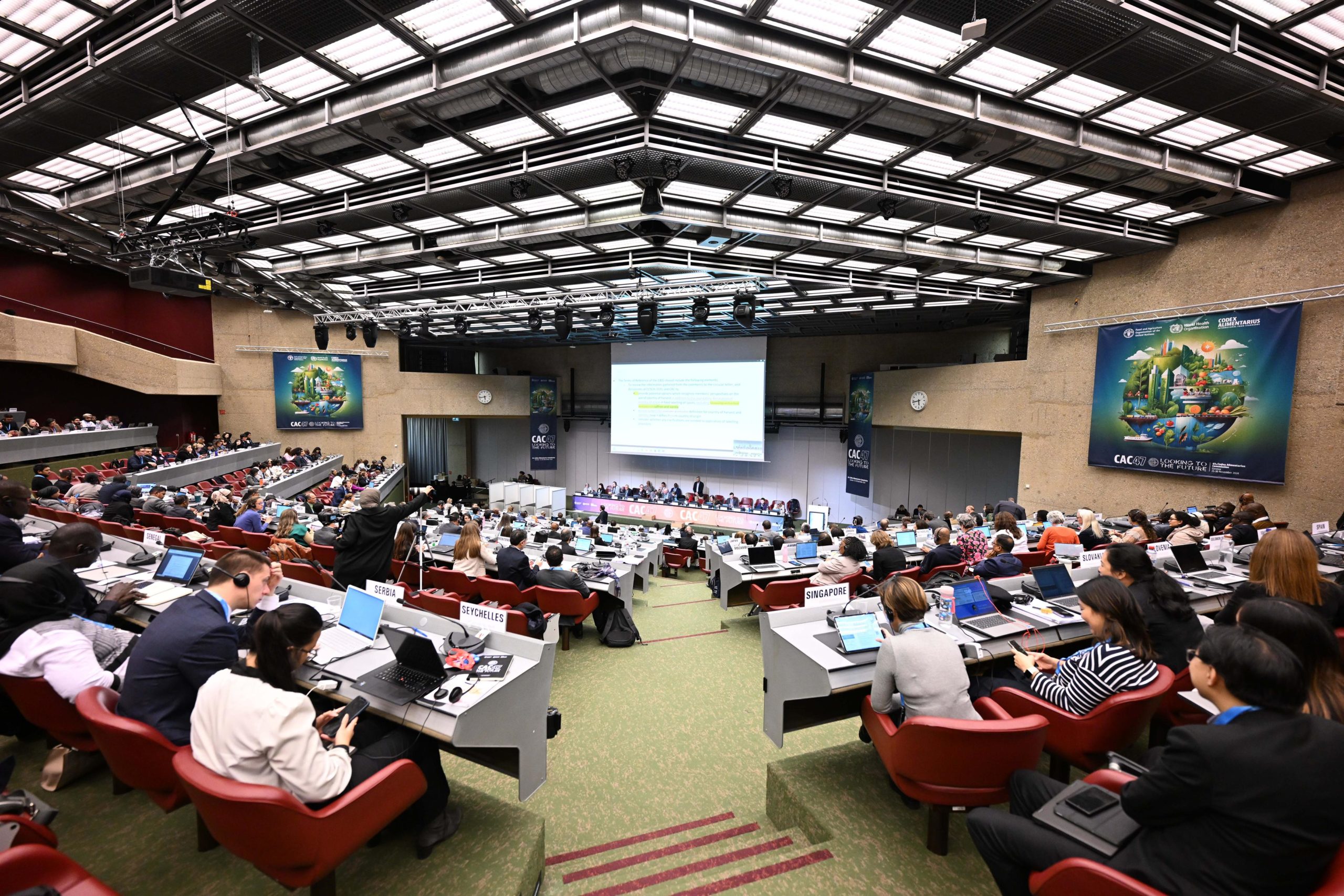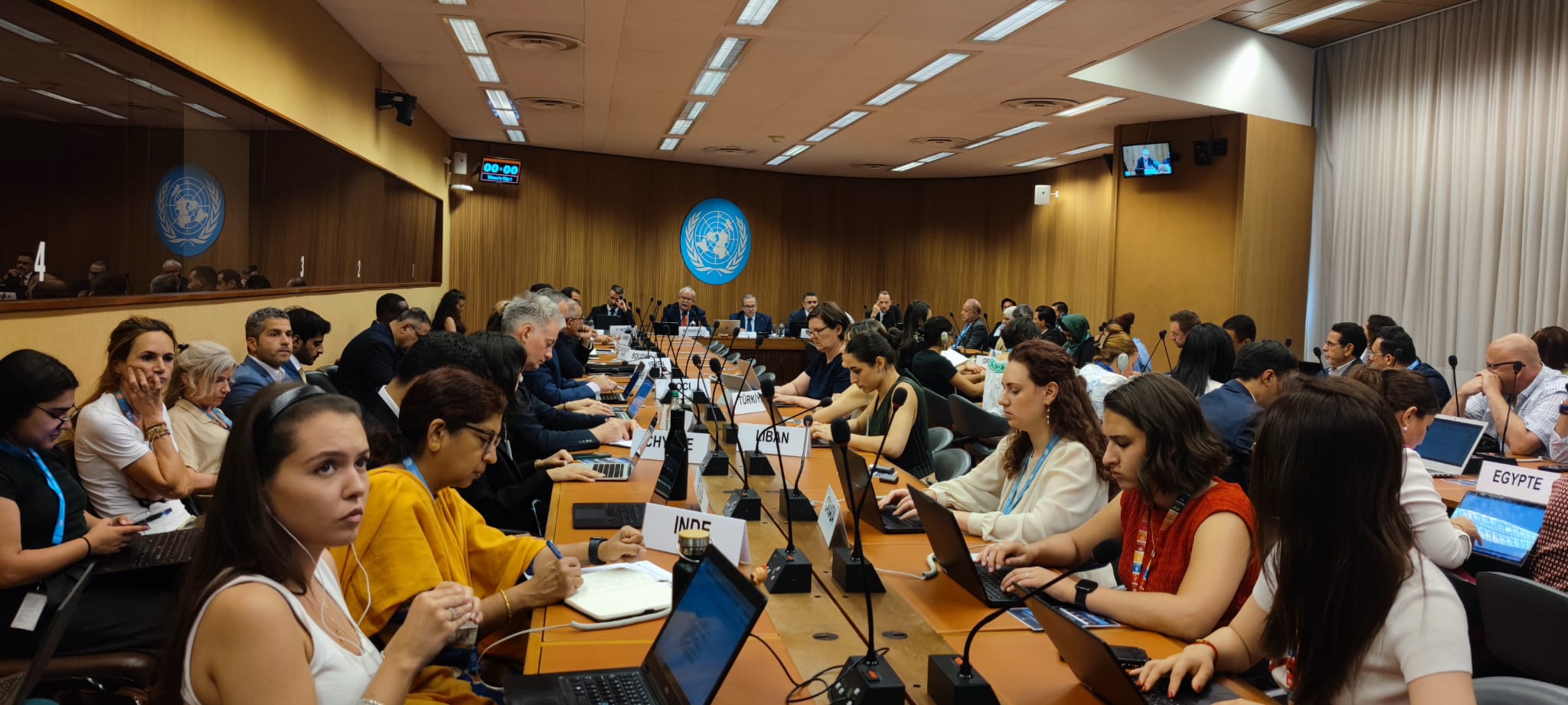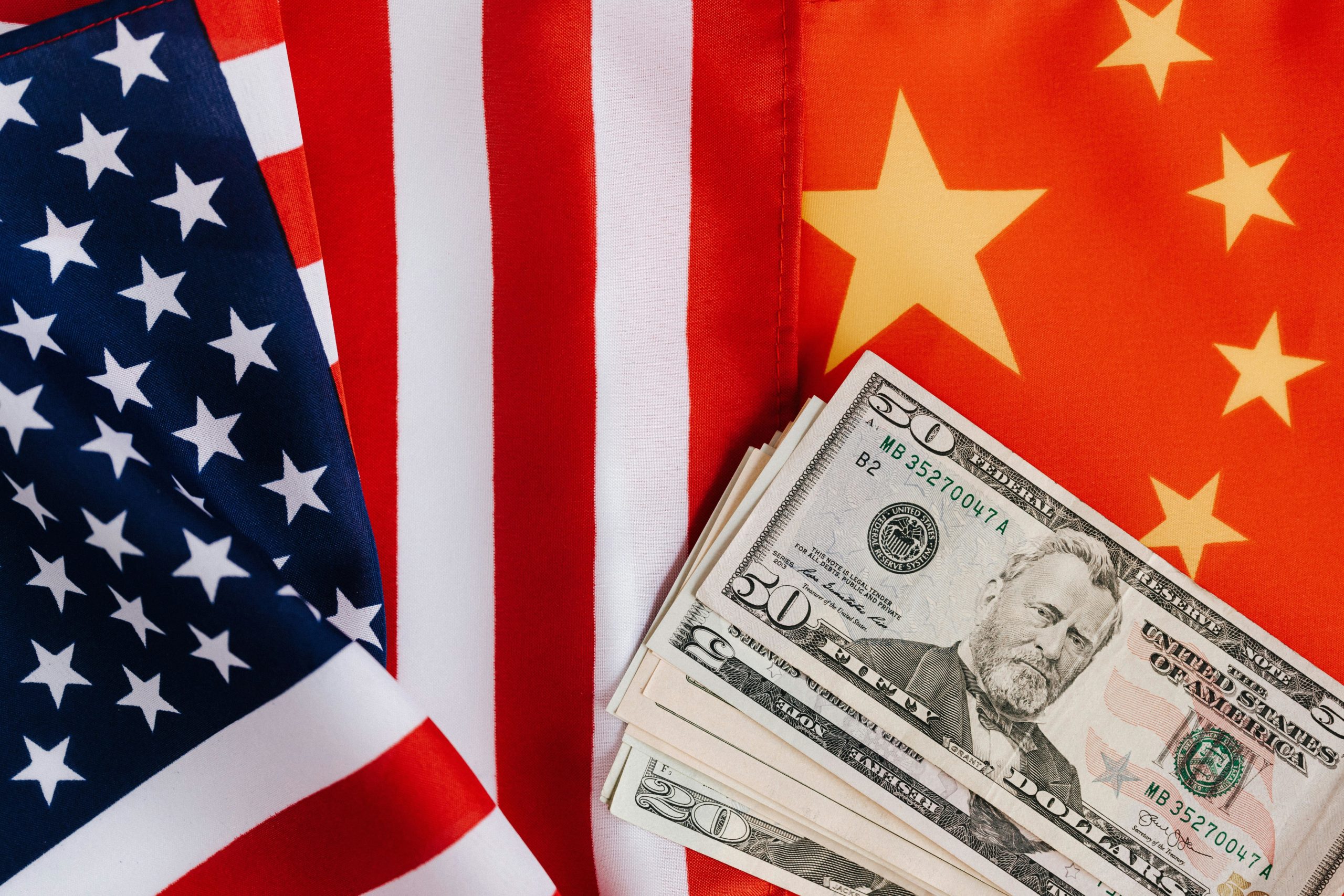In a world fractured by wars, shifting leadership, and power rivalries, rising tensions between China and the United States could, if allowed to worsen, lead to disaster. It is almost certain that global stability cannot be achieved without a durable agreement between Washington and Beijing. On Thursday, October 30, the planned meeting between Donald Trump and Xi Jinping in South Korea could mark a decisive turning point in an increasingly volatile international context. For months, tensions between the two powers have reached new heights—renewed trade wars, diplomatic showdowns over Taiwan, and a fierce technological rivalry over artificial intelligence. Yet behind the rhetoric and threats, and while Europe isolates itself further by confronting Beijing without the means to do so, the U.S. President appears to be playing a far more calculated game than it seems.
Trump’s Great Bluff with China
Since returning to the White House, Donald Trump has practiced diplomacy as he has always done business: through pressure, provocation, and constant negotiation. Many see chaos in his methods; others see a deliberate strategy. The “Trumpian bluff” consists in pushing opponents to the breaking point—only to then offer them the exit they secretly desired. Europe, paralyzed by U.S. sanctions and its own indecision, is paying the price and growing increasingly marginalized on the global political and economic stage. Between Brussels and Washington, trust is fragile, and European Commission President Ursula von der Leyen’s hardline stance toward Beijing has only deepened tensions without yielding tangible results. While the EU drives itself into a wall, Trump is moving in the opposite direction—toward China, the world’s second-largest power. Behind his rhetorical attacks on Beijing, he has understood one essential truth: China remains as indispensable a partner as it is a rival. His goal is not to contain it, but to compel it to negotiate on ground he knows best—economic leverage. In other words, Trump is playing the game Europe never learned to play: the geopolitics of the deal.
The Return of the Asian Pivot
Since Barack Obama’s presidency, U.S. strategy has shifted decisively toward Asia. What became known as the “pivot” is now the backbone of American foreign policy. Southeast Asia concentrates the major issues of the 21st century—maritime trade routes, control over semiconductors, access to rare earths, and dominance in artificial intelligence. Trump has realized that American supremacy is no longer defined in the deserts of the Middle East but in the waters of the South China Sea. By multiplying visits and reactivating alliances with Seoul, Tokyo, and Manila, he has put Washington back at the center of the Asian geopolitical game. His raw, transactional style—often mocked and misunderstood—has paradoxically given the United States a renewed strategic presence that his predecessors had diluted in fragile coalitions and uncertain partnerships.
Faced with a China that advances its pawns methodically—from the Yellow Sea to the Burmese border—Trump is betting on controlled confrontation. His strategy is clear: to make Beijing understand that America will yield nothing on its military presence while keeping the door open to mutually beneficial trade agreements. For Trump, business remains both the nerve of war—and the path to peace.
Toward a New Washington–Beijing Balance?
The stakes of the October 30 meeting in South Korea go far beyond a simple tête-à-tête between two global giants. It is the balance of the world itself that hangs in the balance. Washington and Beijing both know they are bound to coexist. Pragmatism often outweighs ideology: the United States needs Chinese manufacturing as much as China depends on access to the U.S. market and the dollar. Despite his reputation as a provocateur, Trump has always known how to turn confrontation into opportunity. His fiercest rivals often end up becoming his negotiating partners. That is the essence of the Trump paradox—he provokes to negotiate.
While many seek to isolate China, Trump is instead trying to integrate it into a logic of exchange. Where Brussels waves the stick of sanctions, Trump talks contracts. This meeting could therefore pave the way for pragmatic de-escalation: trade compromises, security guarantees over Taiwan to prevent invasion, and possibly the resumption of suspended military dialogue. Beijing is well aware that Washington has deployed thousands of troops across the Pacific in recent months. In this scenario, China would maintain its global economic stature while the United States would reclaim its role as the Pacific’s strategic arbiter.
In a world where alliances are fragmenting and Europe is trapped in its own dogmas, Trump’s “deal diplomacy” could become a new instrument of balance. For him, power no longer resides in moralizing speeches but in the ability to talk to one’s enemies. And once again, by defying every prediction, Donald Trump seems poised to reshape the global order in his own image—brutal, unpredictable, but undeniably effective. And perhaps, in the end, further from war than anyone expects.
